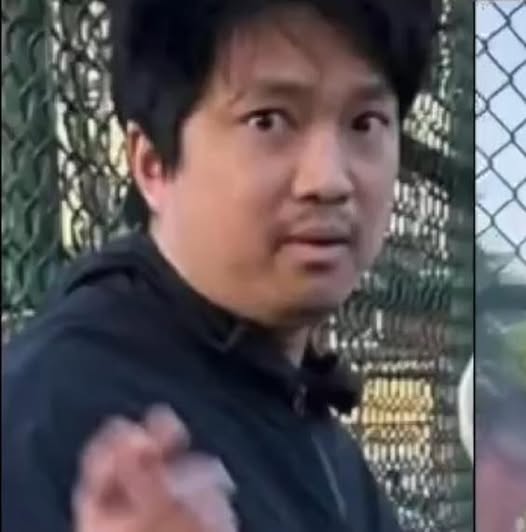Re: Kai-Ji Adam Lo Charged with Murder – 11 Confirmed Dead, Ages 5 – 65
The community is reeling after the horrific tragedy that has left 11 people dead, with ages ranging from 5 to 65. This senseless act of violence has shaken not just the local area but the entire nation, leaving many searching for answers in the wake of such devastation. At this point, very few concrete details have emerged about the events leading to this tragedy, but what we do know is troubling and raises serious questions about mental health care, criminal justice, and the protection of the public.
The suspect, Kai-Ji Adam Lo, has been charged with murder, and authorities have confirmed that he was known to police and mental health workers prior to the incident. His background and the nature of his relationship with the victims remain unclear, and authorities are still piecing together the sequence of events. As the investigation continues, there are many unanswered questions—about the motivations behind the killings, about any potential history of violence, and about the steps taken, if any, to prevent this tragedy.
What we do know with certainty is that this horrific loss of life has touched the lives of individuals across a wide age range, from young children to elderly individuals, all of whom were victims in this senseless act. Each life taken represents a deep wound in the community, and the ripple effects will be felt for years to come. Families have been torn apart, and a sense of safety has been shattered.
While the details of the crime are still coming to light, one glaring concern that has been raised is the role of Canada’s criminal justice system and its handling of individuals with known mental health issues. Kai-Ji Adam Lo’s past interactions with police and mental health workers have sparked renewed debates about the effectiveness of the system in preventing violent acts before they occur. Many are questioning whether enough was done to address the warning signs that may have been present in his case.
The fact that Lo was known to law enforcement and mental health professionals has led to a larger conversation about the responsibility of authorities to intervene when there are clear indications of potential violence. Some critics argue that the system failed to adequately address the issues at play, allowing for this tragedy to unfold. Others point out the challenges involved in dealing with individuals whose mental health may be unstable but who are not always subject to preventive measures under the law.
Perhaps the most sobering aspect of this case, and one that many people are struggling to come to terms with, is the reality of Canada’s criminal law system. Under the current legal framework, it is highly likely that Lo will be out of prison before he reaches middle age, regardless of the scale of the tragedy he caused. The Canadian legal system, with its focus on rehabilitation and the prospect of parole, means that someone charged with murder—even someone who has committed such a horrific act—can, in some cases, be released after serving a fraction of their sentence. This is an issue that has sparked significant debate, as many people feel that the current system does not adequately reflect the severity of crimes like this.
The idea that someone who has taken 11 lives, including those of young children and elderly individuals, may eventually walk free is unsettling for many. There is a deep sense of frustration and disillusionment, as people wonder if the justice system is doing enough to protect society from individuals who pose a serious threat. For many, this case has brought to the forefront the uncomfortable reality that even the most egregious acts of violence may not result in a sentence that reflects the gravity of the crime.
As the investigation into the murders of 11 innocent people continues, the community grapples with grief and outrage. The questions surrounding the mental health of the suspect, the adequacy of the response from authorities, and the potential future outcomes of the case are all part of a broader conversation about how to prevent tragedies like this from happening again. The system, it seems, may need to undergo serious changes to ensure that public safety is truly prioritized and that those who commit such violent acts are held accountable in a meaningful way.
For now, the families of the victims must face the unbearable pain of loss, and the community must begin the long and difficult process of healing. However, the broader issues raised by this case are far from resolved, and it is clear that there is much work to be done to ensure that justice is truly served—not just for the victims, but for society as a whole.
